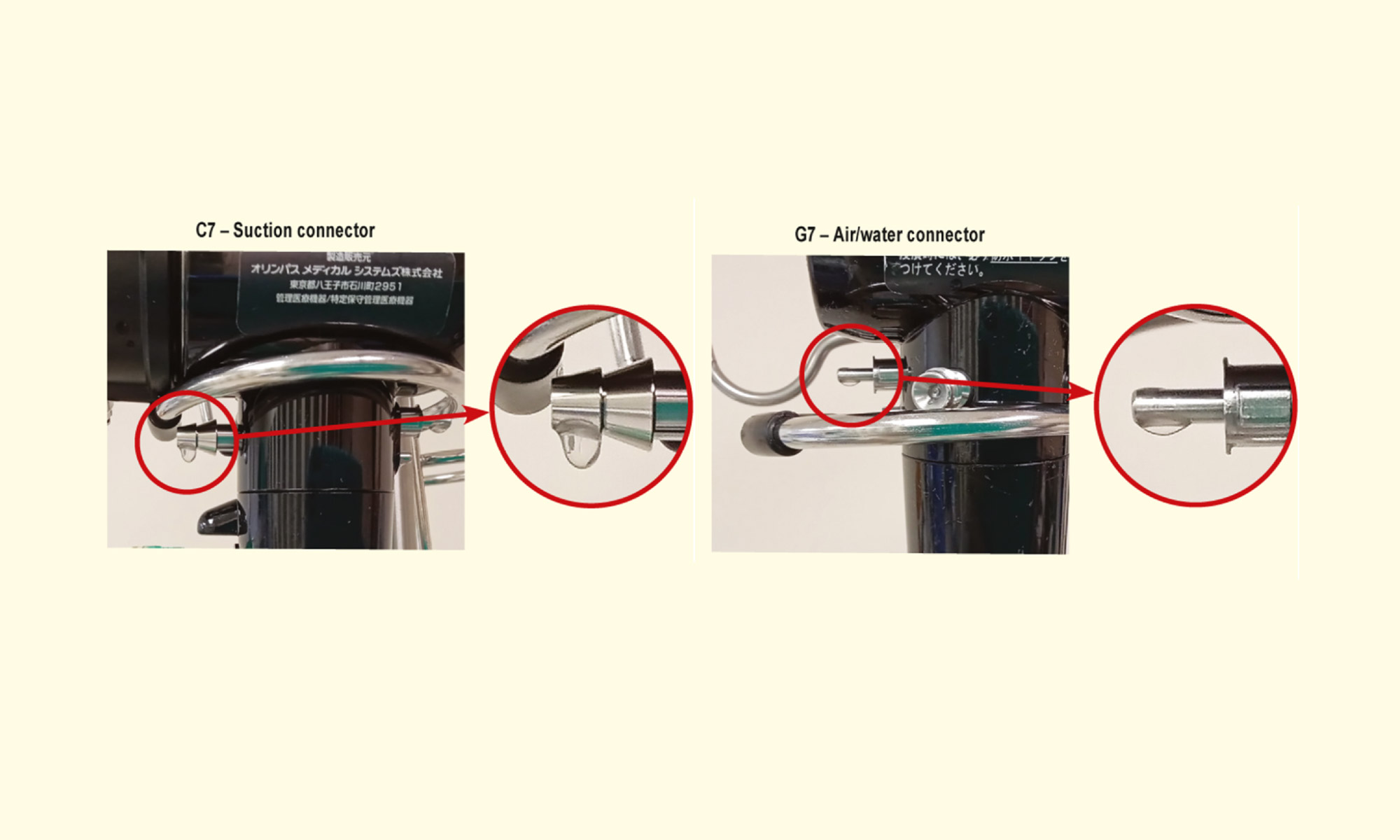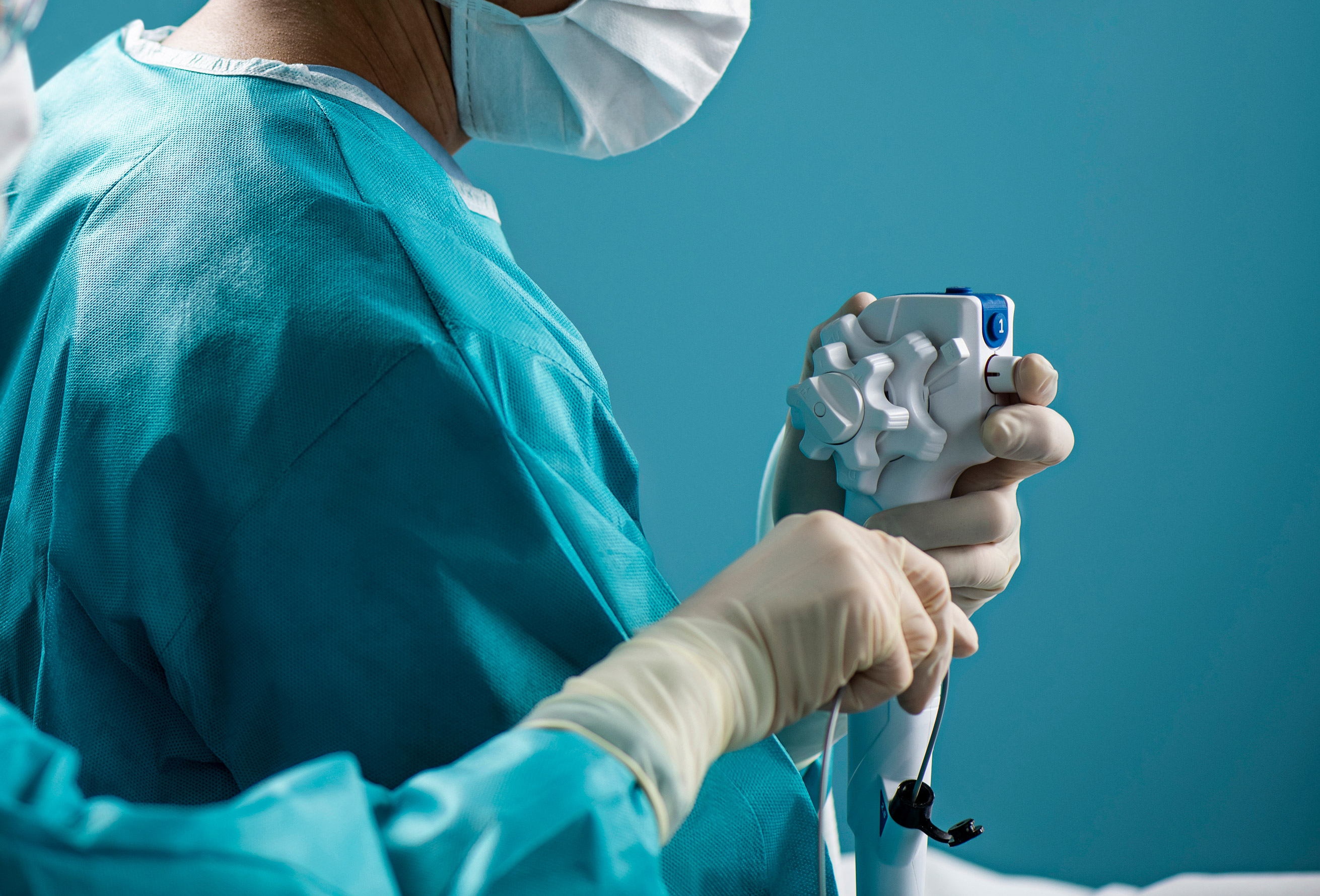
Studies show that no residual fluid was found in reusable endoscopes following 10-minute cycles using forced-air drying systems (FADS), in contrast to findings after AER alcohol flush and air purge cycles.
The research by Cori L. Ofstead, CEO at Ofstead & Associates Inc., and others found that AER flush and air purge cycles were insufficient for drying endoscopes, whereas the FADS cycle dried multiple channels effectively.
The study came about after outbreaks linked to inadequate endoscope drying infected patients and prompted new guidelines and standards recommending at least 10 minutes of forced air for drying channels.
“Additionally, fluid was unexpectedly observed exiting multiple ports and channels, reinforcing the need to do comprehensive assessments of drying effectiveness,” the authors wrote. “Droplet detection cards, visual inspection of external components, and borescope exams were successfully used to identify retained fluid.”
Single-use endoscopes, like those manufactured by Ambu, don't require drying because they are used once and discarded.
Given recent evidence that alcohol flushes actually hinder endoscope drying, these identified tools can help infection preventionists and sterile processors determine whether their drying practices are proving effective, the authors wrote.
Researchers found that 100 percent, or 42 of 42 endoscopes, remained wet after the alcohol flush and purge cycles in the AER. However, all of the endoscopes were dry after the 10-minute FADS cycle.
_____________________________________
Related Content: How the Alcohol Flush May Inhibit Endoscope Drying
______________________________________
The FADS system used in this research connects to the suction and air/water cylinders on the control handle and auxiliary water inlet of gastrointestinal endoscopes so that all channels are dried simultaneously, according to the study.
The study was conducted on colonoscopes and gastroscopes at a single large, urban hospital with one type of AER. That means the results may not be generalizable to other settings, AERs or varieties of endoscopes, the authors noted. Further research is needed to develop better means to evaluate fluid retention in the endoscope channels, the study concluded.
The researchers captured slow-motion video of fluid spraying out of an endoscope’s distal end during the first 15-seconds of the FADS cycle, documenting the system’s ability to eject fluid held within the channels, the authors wrote.


